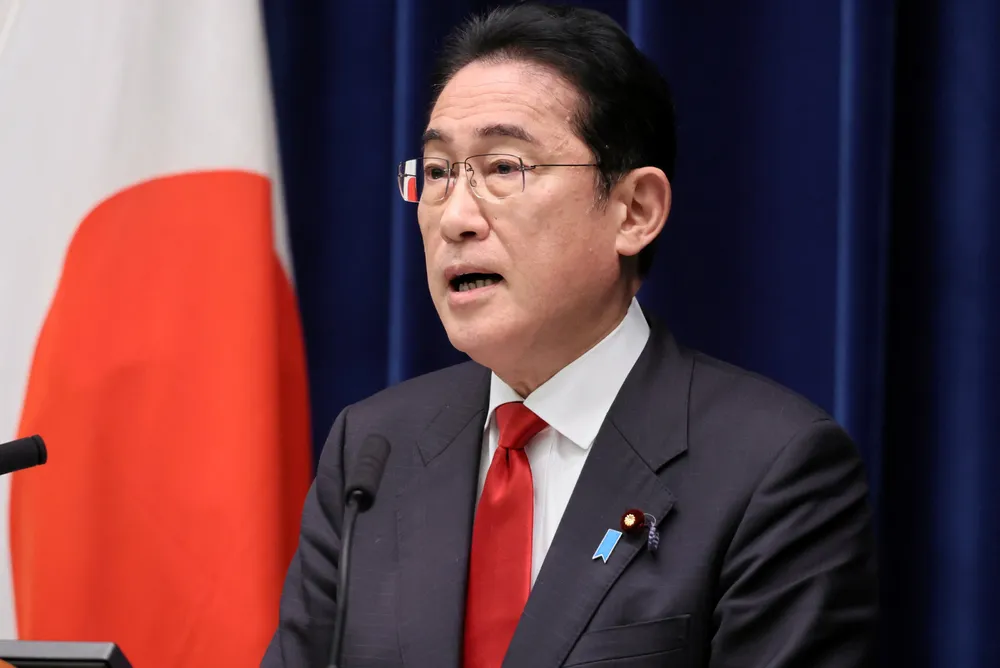'Worse than coal' | Japan 'peddling false narrative to hook countries on co-firing hydrogen-derived ammonia in power plants'
Data analysts accuse Tokyo of mischaracterising NH3-coal co-firing as an effective emissions reduction strategy, despite evidence that it can be the most polluting option
